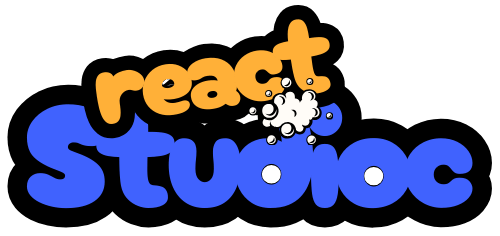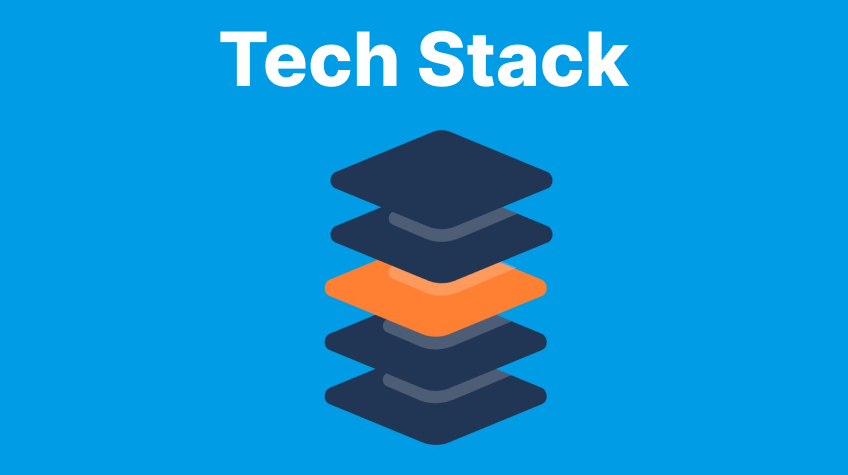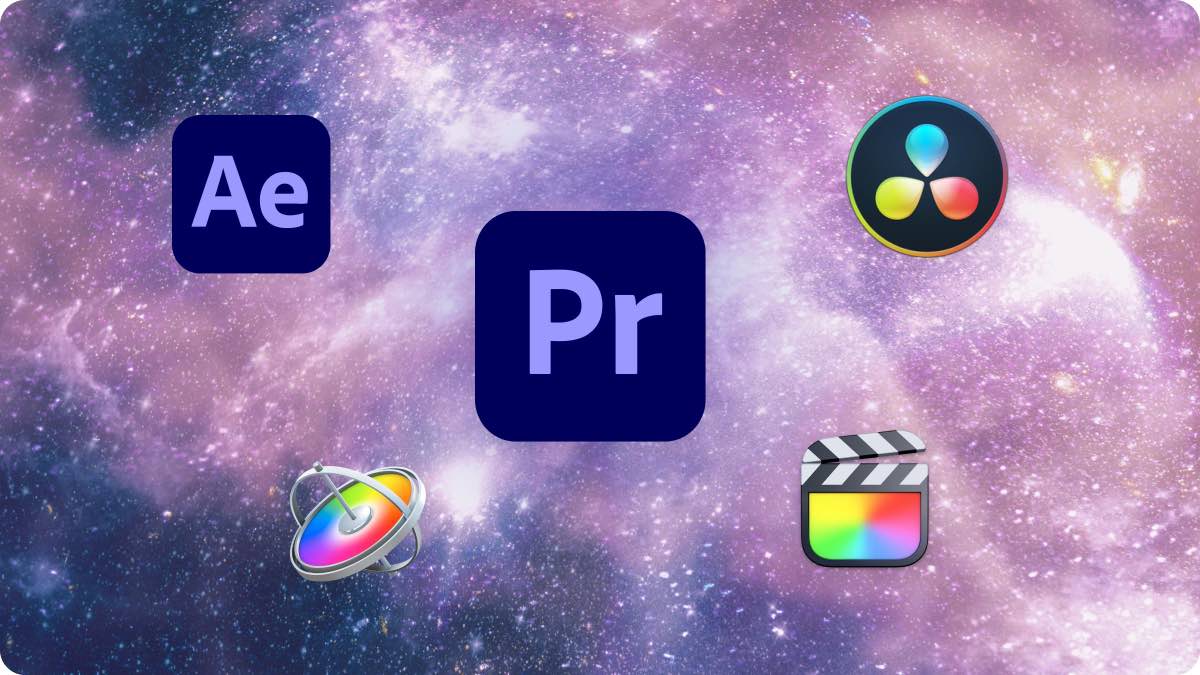If you’re not a tech-savvy person, knowing a little about technology stacks is not your preference. When an application is created, it is analyzed and its usage and population are envisioned. However, overcoming the technical issues in the application is accomplished only by a skilled mobile app developer. Whatever the industry, apps have become a crucial identity for websites.
Before we can shed clarity on the importance of having a suitable tech stack to run mobile apps, it is important to comprehend the tech stack. In simple terms, tech stack refers to an amalgamation of mobile software applications, frameworks, programming languages, platforms, tools, and UI/UX solutions used by developers of mobile apps.
When you select the appropriate technology stack to develop an app for mobile, it is possible to reduce the development costs, accelerate the time to market, and make your application simple to maintain and scalable. The best tech stack is an important advantage in growing and competing in business. In the next section, you’ll learn more about how to select the most appropriate tech stack when making a mobile-friendly application.
Table of Contents
Tips Components of A Tech Stack
Here’s a quick overview of the four major elements of a tech stack:
- Frontend Development: It’s the user interface through which users communicate with mobile apps.
- Backend Development: It is the component in which the input-process-output module follows
- Development Platform: It is that All libraries and interfaces are connected in the process of creating a full-blown app
- Additional: Other elements impact the performance of apps, as well as security and robustness.
The fog from a brief overview of the tech stack is removed. We’ll now learn the significance of the mobile app tech stack to an enterprise and which dominant apps are used.
Why It’s Important to be equipped with the correct Stack?
The main reason for the popularity of an app on the market is determined by its technological weapons. The gathering of appropriate elements is an essential step to ensure that the application will run smoothly on all OS versions. If the entire module is not analyzed the technical stack of the mobile application will hurt its performance and hamper its development prospects.
But these issues occur when you’re creating your app at a later phase. Initial obstacles fall under an entirely different set of issues when you choose the incorrect technology stacks to develop mobile apps.
Native App Technology Stack
Because native apps are strong and scalable, they permit integration of the built-in functions without having to use the third 3rd-party API. When the term “Native Application it is spoken of, we typically consider the widely-used platforms: Android as well as iOS. They are two distinct platforms that have distinct capabilities. They are distinct from one another, and each requires a different technological stack. So let’s take a dive and know more about the tech stacks that are available for Android and iOS.
Android Tech Stack
Programming Languages: Kotlin and Java
It’s Kotlin, which is the primary programming language used for Android mobile app development. The majority of developers of mobile apps from India prefer Java due to its massive popularity. However, Kotlin has undergone a number of modifications throughout the years and is now a lightweight language that poses a strong challenge to Java.
Toolkit: Android Studio & Android Developer Tools
The main reason for Android Studio’s success is that it gives users the ability to edit code, perform tooling, debugging, as well as an instant deployment system. With these amazing tools, it is easy to concentrate on the development of a complete mobile application. In contrast, using Android Developer Tools allows covering the entire Android application process of development process. Not just that, you can also make use of other tools such as an emulator as well as a graphic UI builder as well and an automated test report that you can script.
IOS Tech Stack
Programming Languages: Swift and Objective-C
The Objective-C language and Swift are considered to be the top options. A lot of programmers prefer Objective-C because it has an object-oriented feature. But, Swift must be selected under iOS mavens. The primary reasons that support Swift are that it is less likely to make mistakes and more efficient than Objective-C. Furthermore, it has libraries that directly upload to memory and improve the performance of applications.
Hybrid App Technology Stack
The hybrid mobile applications were created using standard web technologies such as CSS, HTML5, and JavaScript and are comprised of two sections: Native Shell and Backend. Because of their features, the apps can run seamlessly on various platforms.
Factors Influencing Selection of Tech Stack
To make the product work, selecting the appropriate technology stack for mobile applications is vital. Here’s a brief look at the main factors that affect the selection of an application tech stack.
- App Aspects similar to the devices on which the application will run, the state of the network needed for operation, the user experience that is aimed at an end, and the estimated market roll-out times.
- The purpose of a mobile App because to meet the objective of an app is dependent on the choice of the right technology stack.
- Development Team Skills are vital because using the latest versions is preferred over the older versions. It is a basic rule of the market.
- Parent Company also matters in the design of an app using the appropriate technology stack. Google, Adobe, and Microsoft are known for providing more support for communities than Facebook.
- Security level is an important factor to be aware of since every app is susceptible to security and technical problems as soon as it’s launched on the market.





